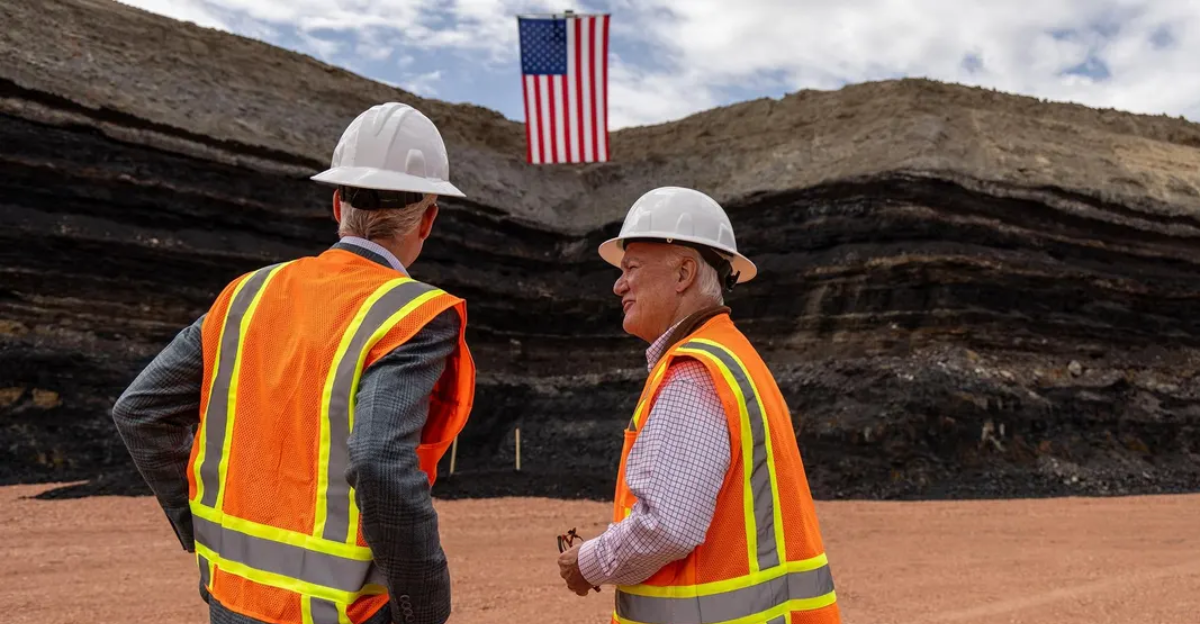
On September 29, 2025, former President Donald Trump announced a significant $625 million investment aimed at reviving the U.S. coal industry. This initiative marks an important milestone in the fossil fuel sector, representing the most critical move in over a decade and signaling a substantial shift in energy policy.
The Trump administration argues that this funding is vital for achieving energy independence and preserving jobs in coal-dependent communities. However, the long-term sustainability and environmental impact of such a revival are hotly debated. This article examines the implications of this substantial investment and its potential impact on the energy landscape and local economies.
Rising Demand for Energy
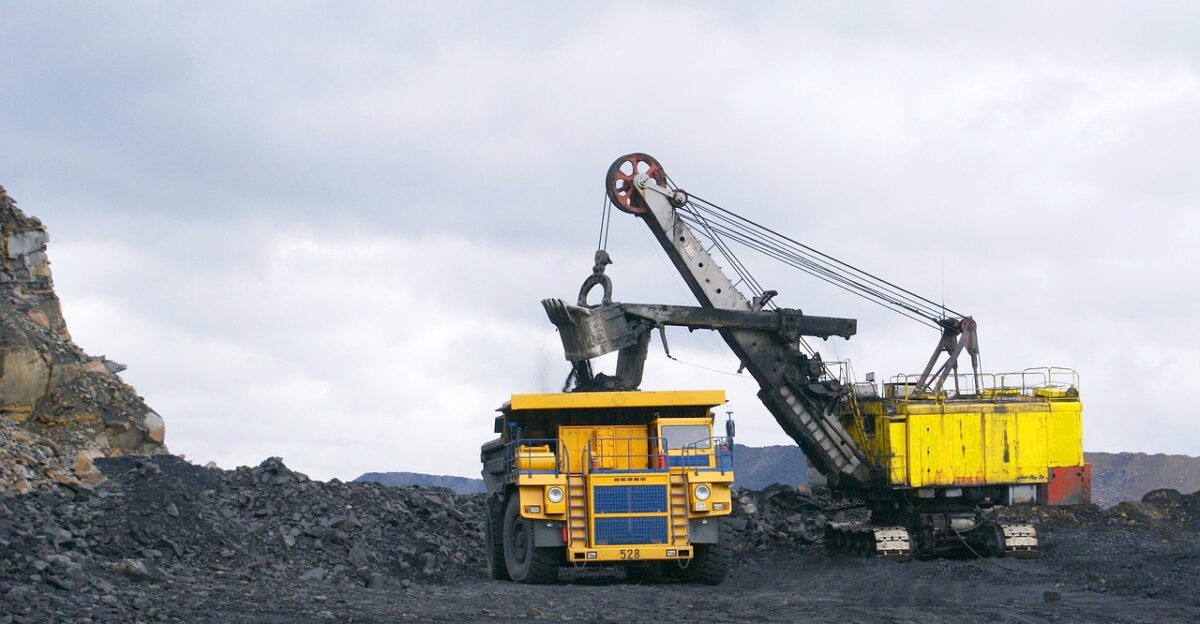
The announcement coincides with a surge in U.S. electricity demand, primarily driven by growing sectors such as AI data centers and manufacturing. Energy Secretary Chris Wright emphasizes the critical role of coal in maintaining America’s industrial strength, advocating for its importance in ensuring grid reliability and economic security.
According to the administration, this strategic shift toward coal is a necessary response to current electricity demands. It represents a significant policy reversal that contrasts sharply with the focus on renewables observed in prior administrations. The initiative positions coal as an essential player in the future of U.S. energy.
The Decline of Coal

Over the last decade, the U.S. coal industry has experienced a significant decline, with hundreds of mines closing and thousands of jobs being lost. Adverse factors include stringent environmental regulations and fierce competition from natural gas and renewable energy sources, which have relegated coal to a minor role in the energy market.
Once responsible for over 40% of U.S. electricity, coal now contributes only about 15-16%. The new investment seeks to reverse this downward trend, reshaping the narrative around coal and promoting its viability as a component of the national energy strategy for years to come.
The Pressure on Policymakers

Rising energy costs and growing concerns over grid instability weigh heavily on policymakers. The previous administrations under Biden and Obama favored renewable energy investments, but critics argue this left the grid vulnerable, particularly during peak demands.
The Trump administration aims to address these vulnerabilities through an aggressive strategy to revive the coal industry. By reinvesting in coal, officials believe they can enhance energy reliability and provide a buffer against potential supply crises. This approach not only caters to current energy needs but also symbolizes a broader ideological shift in federal energy policy.
Trump’s Historic Investment
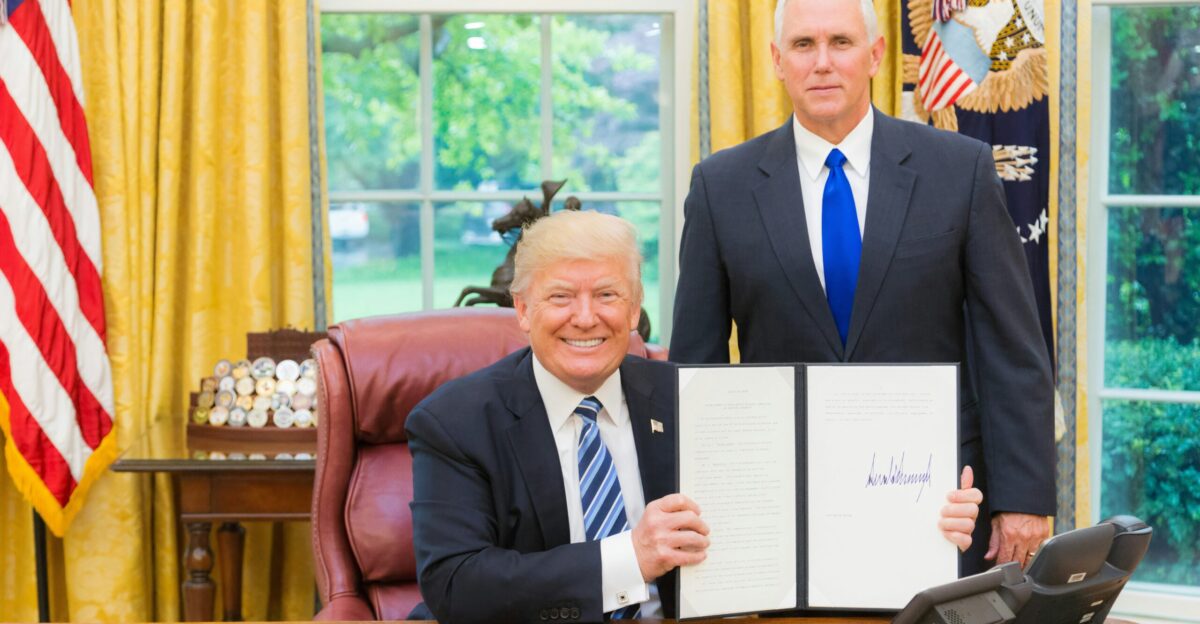
Delivering on his pledge to bolster the coal industry, Trump’s $625 million investment represents a bold maneuver for fossil fuel revival. This plan, the largest since 2015, encompasses the opening of federal lands for new mining leases alongside direct support for existing coal operations.
Trump justifies the investment as essential for “American energy independence and jobs.” Stakeholders are hopeful this infusion of funds will lead to stable employment and revitalize local economies that have suffered for years. The initiative is poised to reshape the coal landscape, positioning it as a key energy source in the renewed U.S. energy framework.
Targeting Key Regions
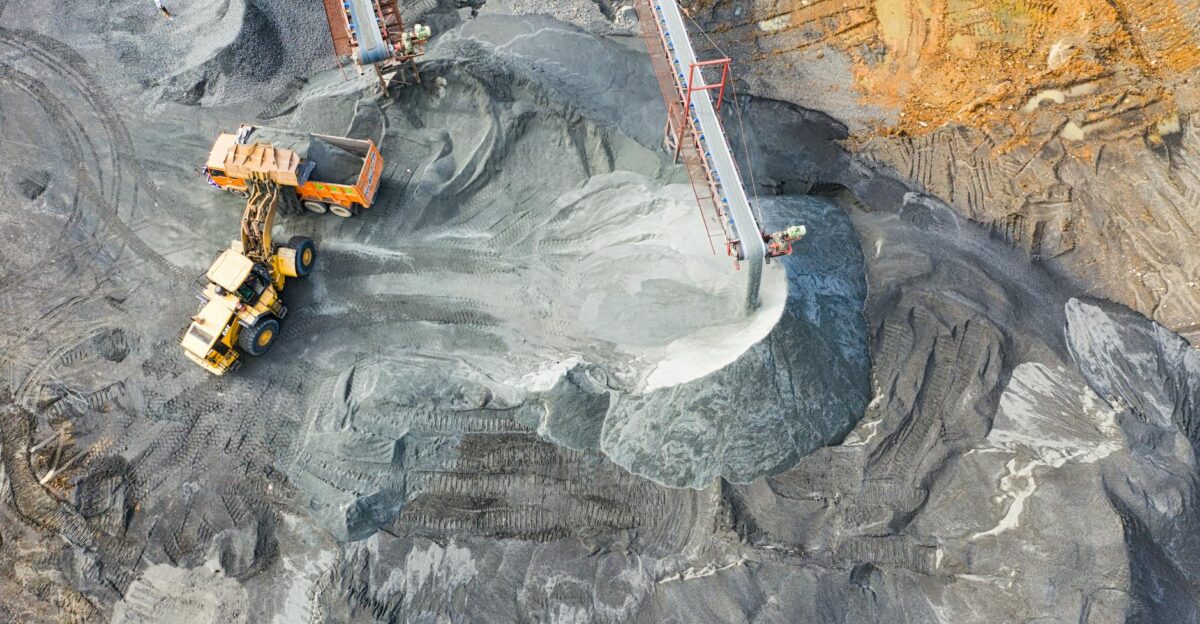
This funding initiative primarily aims to benefit coal-dependent regions, including Appalachia, the Midwest, and Texas. By opening federal lands to new mining operations, the administration seeks to preserve and potentially create thousands of jobs in these economically vulnerable regions.
Local officials express optimism that this investment could stimulate economic activity, create jobs, and stabilize struggling communities. The injection of funds into these targeted regions highlights the administration’s commitment to addressing economic disparities while attempting to reactivate the coal industry amid shifting energy dynamics.
Voices from the Ground
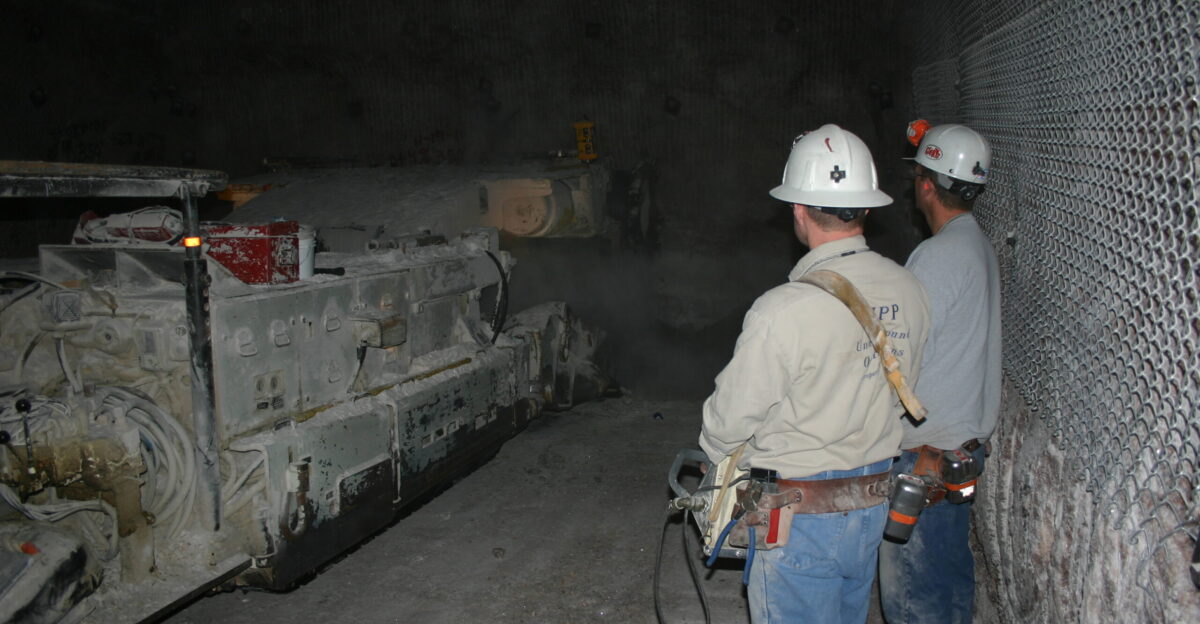
For many coal industry workers who have faced layoffs in recent years, the new funding feels like a lifeline. Texas Railroad Commissioner Wayne Christian remarked, “This is a win for consumers, U.S. electric grids, and America’s position as a global energy provider.” His words reflect the hope and determination felt by workers and community leaders.
As communities wait for promised job preservation and economic revival, this funding could signal a turning point, encouraging a new era for coal and restoring faith in a vital sector that has faced ongoing challenges.
The Competitive Landscape

The renewed investment in coal comes at a time when renewable energy sources, particularly wind and solar, receive significantly more subsidies. According to the Texas Public Policy Foundation, wind energy has received 48 times more subsidies than oil and gas, while solar energy has received 168 times more.
The Trump administration’s stance advocates for a level playing field among energy sources, asserting that coal should also be entitled to robust support. This narrative sets the stage for forthcoming debates on energy policy and the future of fossil fuels in a rapidly changing landscape.
Macroeconomic Energy Trends

Currently, coal contributes approximately 15-16% of U.S. electricity, a significant decrease from over 40% just ten years ago. The administration’s strategy endeavors to halt this decline by modernizing coal plants and enhancing operational efficiencies.
As demand from AI and manufacturing rises, the executive plan seeks to ensure that coal remains a “backbone” of U.S. industry. With significant investments earmarked for infrastructure improvements and technological upgrades, the aim is to position coal as a viable option in line with future energy requirements while supporting economic stability.
Accelerated Coal Leasing

In a pivotal policy shift, the Trump administration is moving to expedite coal leasing on federal lands, effectively ending the Jewell Moratorium. This decision could pave the way for new mining projects and aims to reduce existing regulatory barriers that have historically hindered the development of coal.
While the move is presented as a means to increase production and job opportunities, it raises significant environmental and legal concerns. Analysts will closely monitor how this unfolds, particularly regarding its potential impact on ecosystems and climate initiatives.
Conflicting Perspectives

Despite the optimism surrounding coal’s revival, not all stakeholders share a united view of support. Some industry leaders express concern about the long-term viability of coal amid global decarbonization trends driven by increasing awareness of climate change.
Environmental groups and several state officials warn that renewed investments in coal may undermine climate goals, sparking potential legal challenges. This division highlights the intricate dynamics of energy policy and underscores the need for a balanced approach to a sustainable energy transition amid the push for economic recovery.
Evolving Federal Energy Policy

Trump’s investment signifies a broader shift in federal energy policy, with Energy Secretary Chris Wright and Interior Secretary taking decisive action to roll back regulations that have impeded the coal industry. By designating coal as a “mineral,” the administration is granting it new legal and financial advantages.
This strategic realignment reinforces coal’s prominence within the national energy agenda, showcasing a commitment to traditional energy sources amidst a national dialogue shifting toward sustainability and modernization.
Comprehensive Funding Breakdown

The comprehensive $625 million package allocates funds with specific focuses: $350 million is designated for modernizing existing coal plants, $175 million is aimed at rural energy projects, and $50 million targets wastewater upgrades. Additionally, the plan supports dual-fuel operations and efforts to extend the lifespan of coal facilities.
By investing strategically, the administration aims to enhance coal’s competitiveness in the energy market, while encouraging industry stakeholders to adopt innovative methods, ultimately fostering a resilient and sustainable coal sector.
Expert Opinions on Future Viability
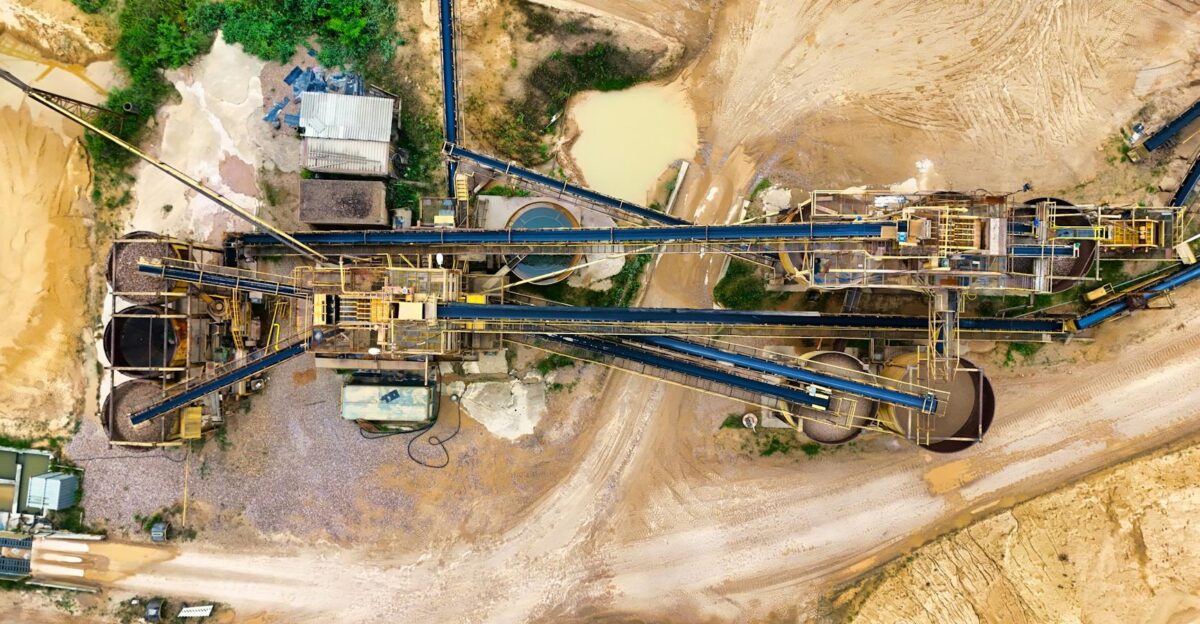
Energy analysts remain divided on the investment’s potential impact. Some argue that while the funding could temporarily stabilize the coal industry, it is unlikely to reverse the long-term decline driven by shifting energy demands and growing environmental concerns.
Others are cautiously optimistic about the modernization aspect, which could potentially attract investments. However, the overarching challenge of transitioning to cleaner energy remains, prompting ongoing debates about the future role of fossil fuels within the U.S. energy portfolio and their alignment with climate goals.
Regional Economic Revitalization
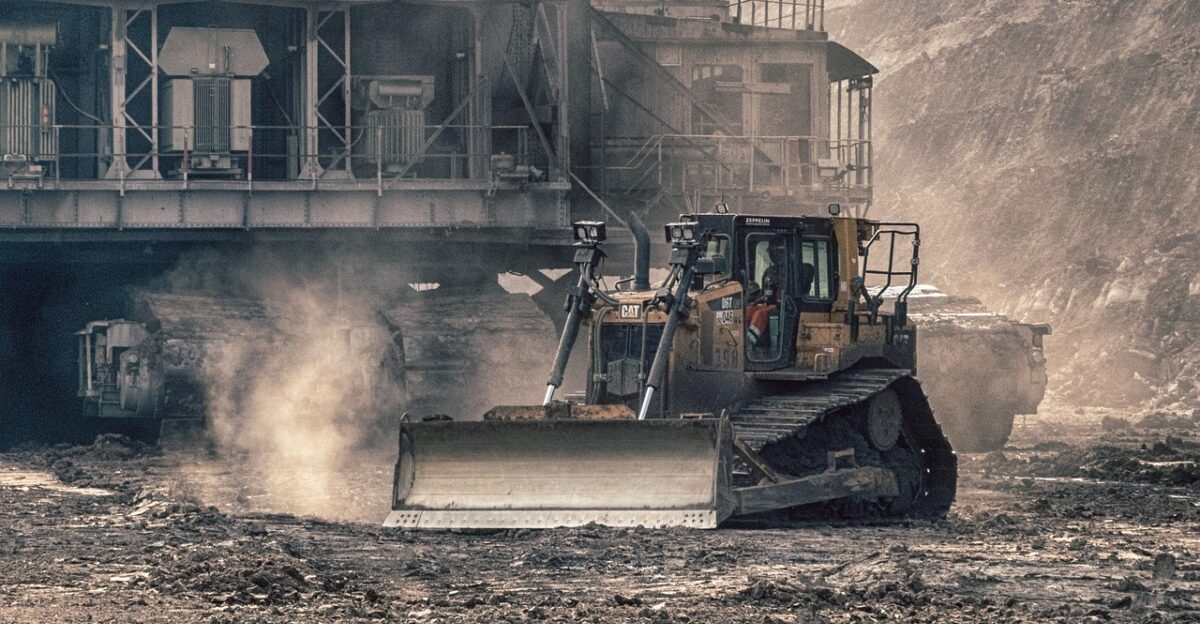
As the coal revival unfolds, regional economic revitalization is emerging as a key focal point. Communities that have long relied on coal for employment are keenly optimistic about the potential benefits of the $625 million investment.
Local business owners and residents hope that increased mining activities will spark economic growth, attract new investments, and enhance the quality of life in these coal-dependent regions. While the administration’s efforts are met with skepticism from some environmentalists, many believe this investment could bring renewed hope to struggling coal towns.
Impact on Job Security

The announcement of the coal investment brings renewed hope for job security in affected regions. Many coal miners who faced layoffs now see this as an opportunity to retain and expand their employment prospects. Local unions are excited by the prospect of job preservation and recruitment due to renewed mining activities.
Moreover, additional support for operational upgrades is expected to aid in bolstering job stability while enhancing the safety and efficiency of coal operations across the board, creating a multi-faceted advantageous scenario for workers.
Alternatives and Adaptation
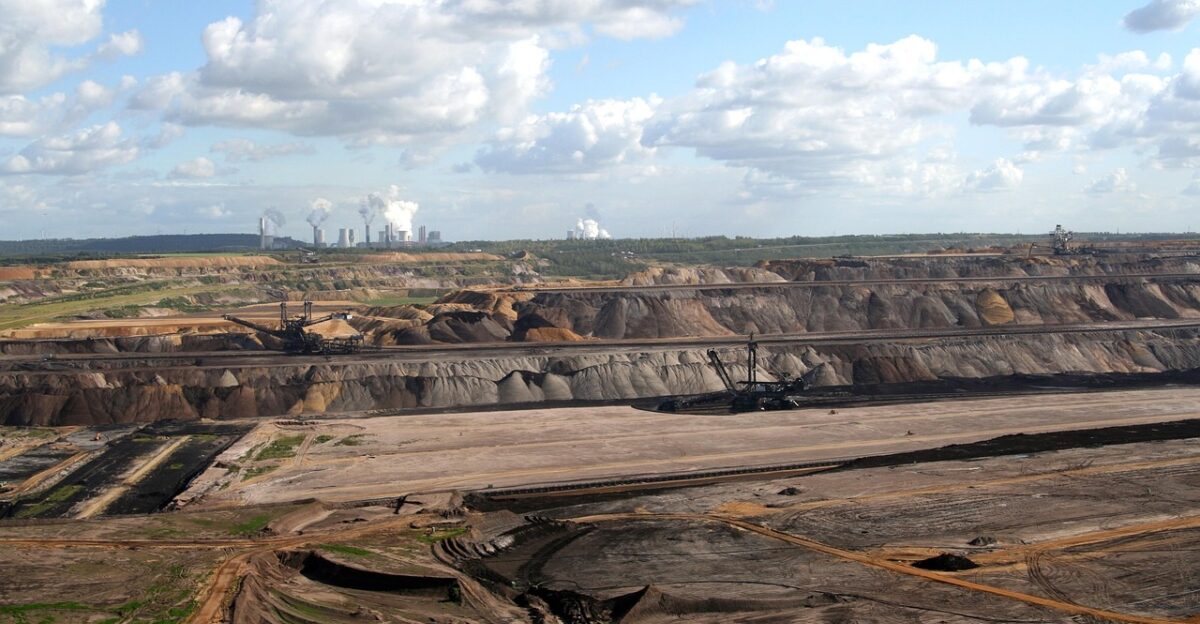
While the coal investment underscores a commitment to traditional energy sources, it also invites scrutiny regarding longer-term sustainability. As the nation increasingly embraces renewable energy, many are left wondering how coal can adapt to complement these changes.
The need for a diverse energy portfolio remains paramount, and striking a balance between coal, renewable energy, and emerging technologies could prove essential for stable energy demands in the future. This narrative underscores the importance of adopting a comprehensive approach to energy policy, given the shifting market conditions and evolving societal expectations.
Policy and Regulatory Challenges

The renewed focus on coal investment may encounter significant policy and regulatory challenges. Environmental impact concerns and compliance with federal regulations will be key factors in shaping the future of coal mining initiatives.
Proponents of stricter ecological protections are likely to voice opposition to coal expansion, emphasizing the importance of preserving natural resources and mitigating climate change. The ensuing debate will likely revolve around balancing economic interests with environmental stewardship, highlighting the complexity of energy governance in the modern era.
Looking Ahead

As the $625 million investment in coal begins to take effect, multiple factors will influence its success and ramifications. Stakeholders in the coal industry, communities, and policymakers must remain attuned to emerging trends, changes in energy demand, and technological advancements.
Continued dialogue around energy strategies will be essential for navigating the evolving landscape. This ongoing conversation reflects broader societal values and the responsibilities that accompany energy production in light of climate change and sustainability imperatives.
A New Era for Coal?
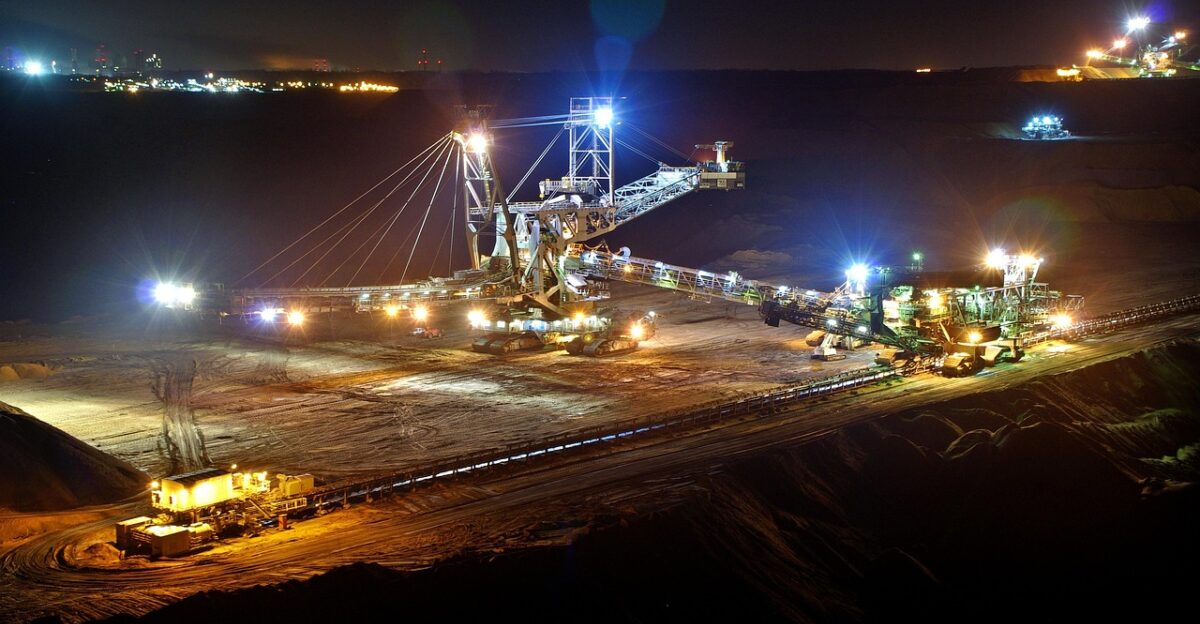
The Trump administration’s significant investment in coal heralds a new era for the fossil fuel sector amid rising energy demands and economic pressures. While the initiative aims to revitalize coal, stimulate job growth, and enhance energy security, its long-term effectiveness remains uncertain within an increasingly competitive energy market.
Questions about environmental sustainability, regulatory hurdles, and evolving energy policies will shape the future course of the coal industry. As stakeholders await tangible outcomes, the intersection of tradition, innovation, and responsibility will define the next chapter in America’s energy journey.